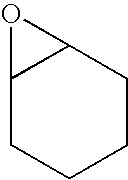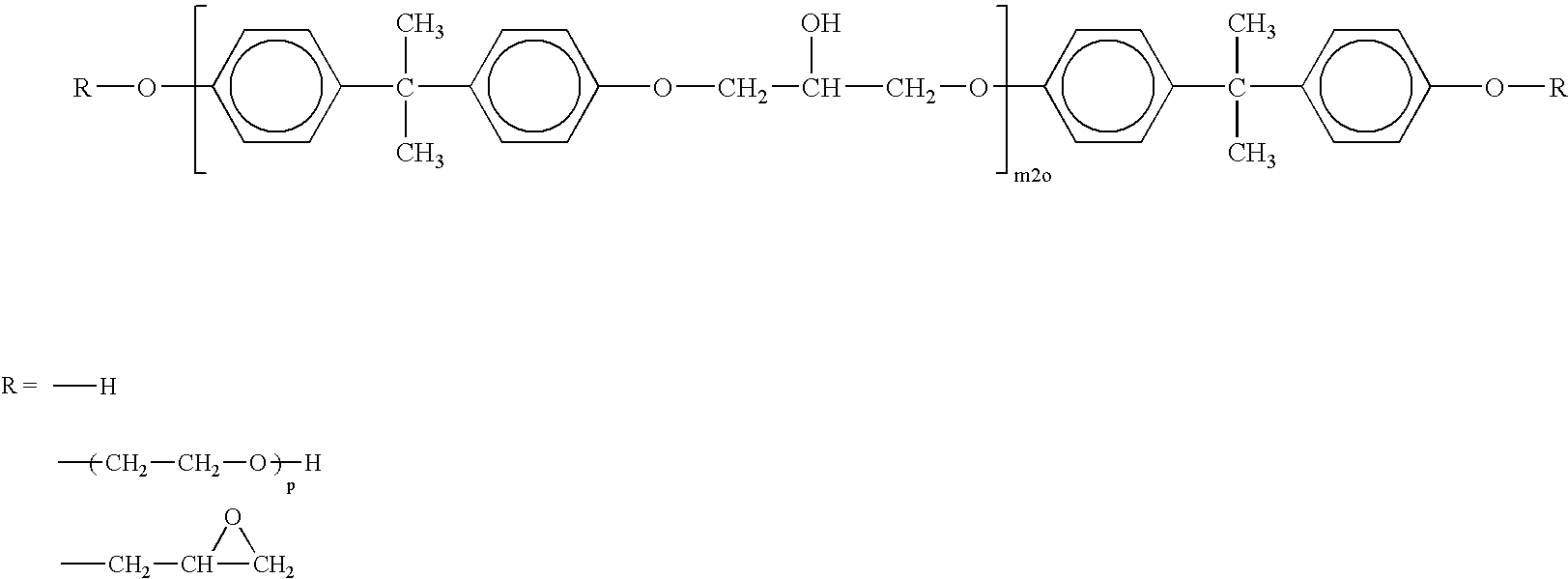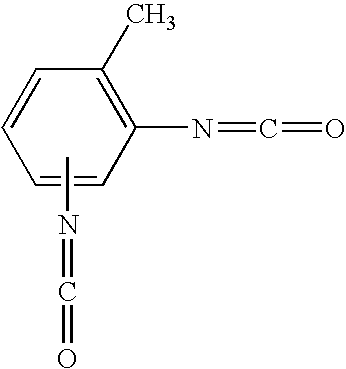Products and method of core crush prevention
a core and core technology, applied in the field of laminated structures, can solve the problems of increasing production costs, affecting the production efficiency of honeycomb cores, and affecting the quality of honeycomb cores, so as to achieve the effect of high astm stiffness value, higher pressure, and higher pressur
- Summary
- Abstract
- Description
- Claims
- Application Information
AI Technical Summary
Benefits of technology
Problems solved by technology
Method used
Image
Examples
example 1
Fabric and Stiffness
[0159] Glass-fiber based fabric was prepared and processed as follows. Commercially available glass fibers were sized with a starch-based solution and woven into multiple samples utilizing an 8-harness satin weave (7781 style; fiber areal weight of 293+ / -10 g / m.sup.2). The starch-based sizing was baked off each of the samples. Each of the samples was given an identifying designation (i.e., GL-XXX, where XXX is a value ranging from 001 to 999). See Table 1. Each of the samples was treated with one of three different commercially available finishes (e.g., precursors of the type known as CS 724, available from Clark-Schwebel.TM., BGF 644 or BGF 508A, both available from Burlington Glass Fabrics.TM.) at varying precursor concentration levels. See Table 1. Each of the different samples of finished woven glass fabric was heat treated at varying temperatures for varying resident times and varying time-temperature products. See Table 1.
1TABLE 1 ASTM Stiffness % % Line Re...
example 2
Starting Materials
[0164] Glass-fiber based starting materials were prepared and processed as follows. Commercially available glass fibers were sized with a starch-based solution and woven into multiple samples utilizing an 8-harness satin weave (7781 style; fiber areal weight of 293+ / -10 g / m.sup.2). The starch-based sizing was baked off each of the samples. Each of the samples was given an identifying designation (i.e., GL-XXX, where XXX is a value ranging from 001 to 999). See Table 1. Samples identified as GL-010 (0.17%), GL-011 (0.14%), GL-041 (0.17%), GL-042 (0.14%) and GL-055 (0.16%), together with GL-015 (0.16%), GL-019 (0.16%), GL-030 (0.16%), GL-031 (0.16%), GL-047 (0.17%), and GL-048 (0.17%) were given stiffness enhancing precursor concentration levels (0.14%-0.17%, as indicated in parentheses) of the particular finish, when compared to the commercially practiced finish concentrations for the particular finish (e.g., CS 724 or BGF 644, as applicable), estimated to be 0.10%+...
example 3
Honeycomb Sandwich Structure and Precursors Thereof
[0166] Honeycomb core conforming to Boeing Material Specifications 8-124, Class IV, type V, grade 3 was procured from a commercially available source (Hexcel Corporation, Casa Grande, Ariz.). The honeycomb core was machined to the dimensions shown in FIG. 1, and a rectangular panel of a honeycomb sandwich structure was assembled as shown in FIGS. 2A and 2B, bagged as shown in FIG. 3, and cured as shown in FIGS. 4A and 4B, for each of the selected sample fabrics, as follows.
[0167] Referring to FIGS. 1, 2A and 2B, the honeycomb sandwich structure comprised (i) a Nomex.TM. honeycomb core, (ii) four prepreg plies, two disposed on and extending beyond the top surface of the honeycomb core and two disposed on and extending beyond the bottom surface of the honeycomb core, with a portion of the surface of the plies which extended beyond the surfaces contacting each other to form an edgeband, (iii) three additional "picture-frame" prepreg pl...
PUM
| Property | Measurement | Unit |
|---|---|---|
| temperature | aaaaa | aaaaa |
| temperature | aaaaa | aaaaa |
| temperature | aaaaa | aaaaa |
Abstract
Description
Claims
Application Information
 Login to View More
Login to View More - R&D
- Intellectual Property
- Life Sciences
- Materials
- Tech Scout
- Unparalleled Data Quality
- Higher Quality Content
- 60% Fewer Hallucinations
Browse by: Latest US Patents, China's latest patents, Technical Efficacy Thesaurus, Application Domain, Technology Topic, Popular Technical Reports.
© 2025 PatSnap. All rights reserved.Legal|Privacy policy|Modern Slavery Act Transparency Statement|Sitemap|About US| Contact US: help@patsnap.com



